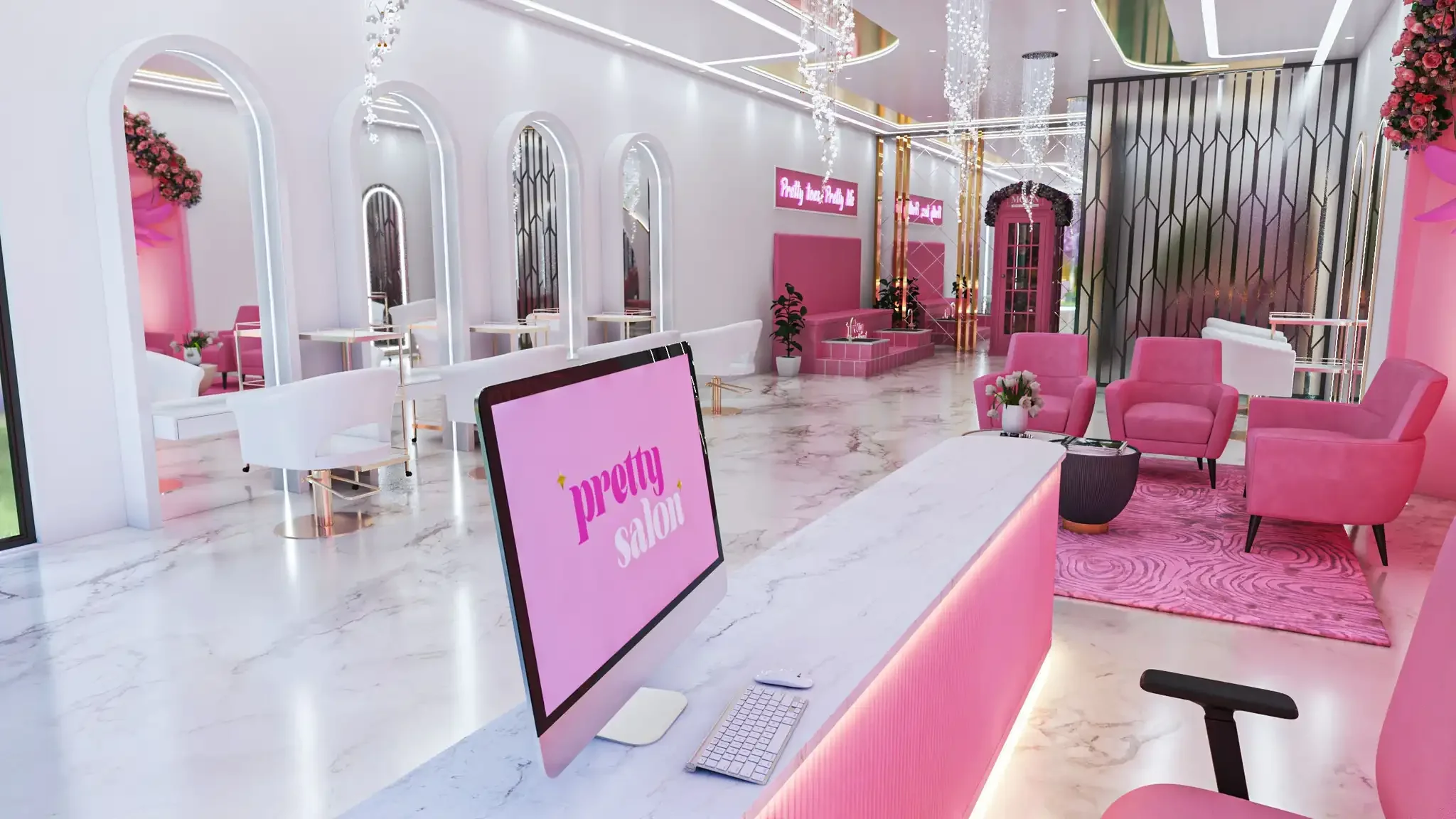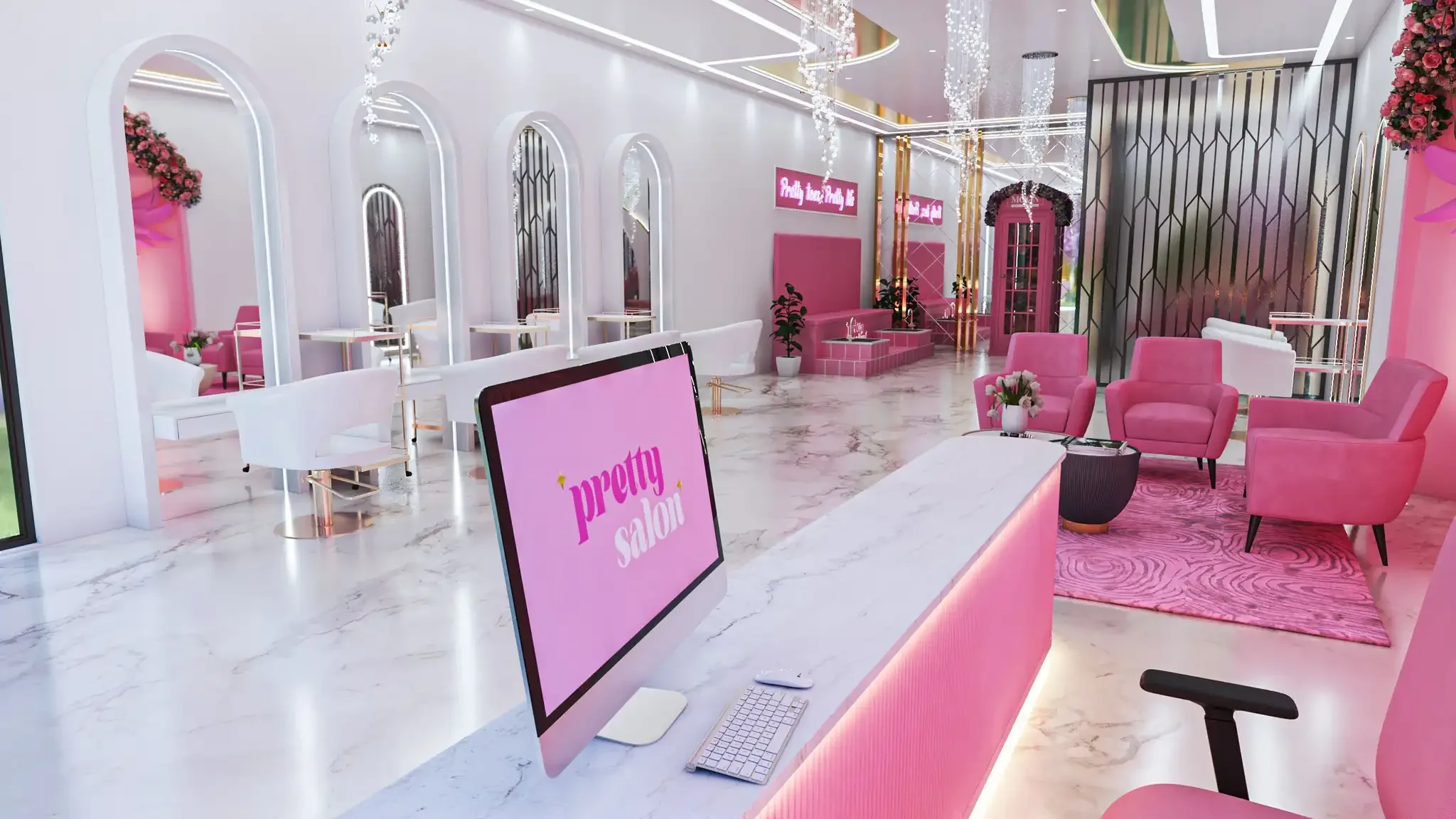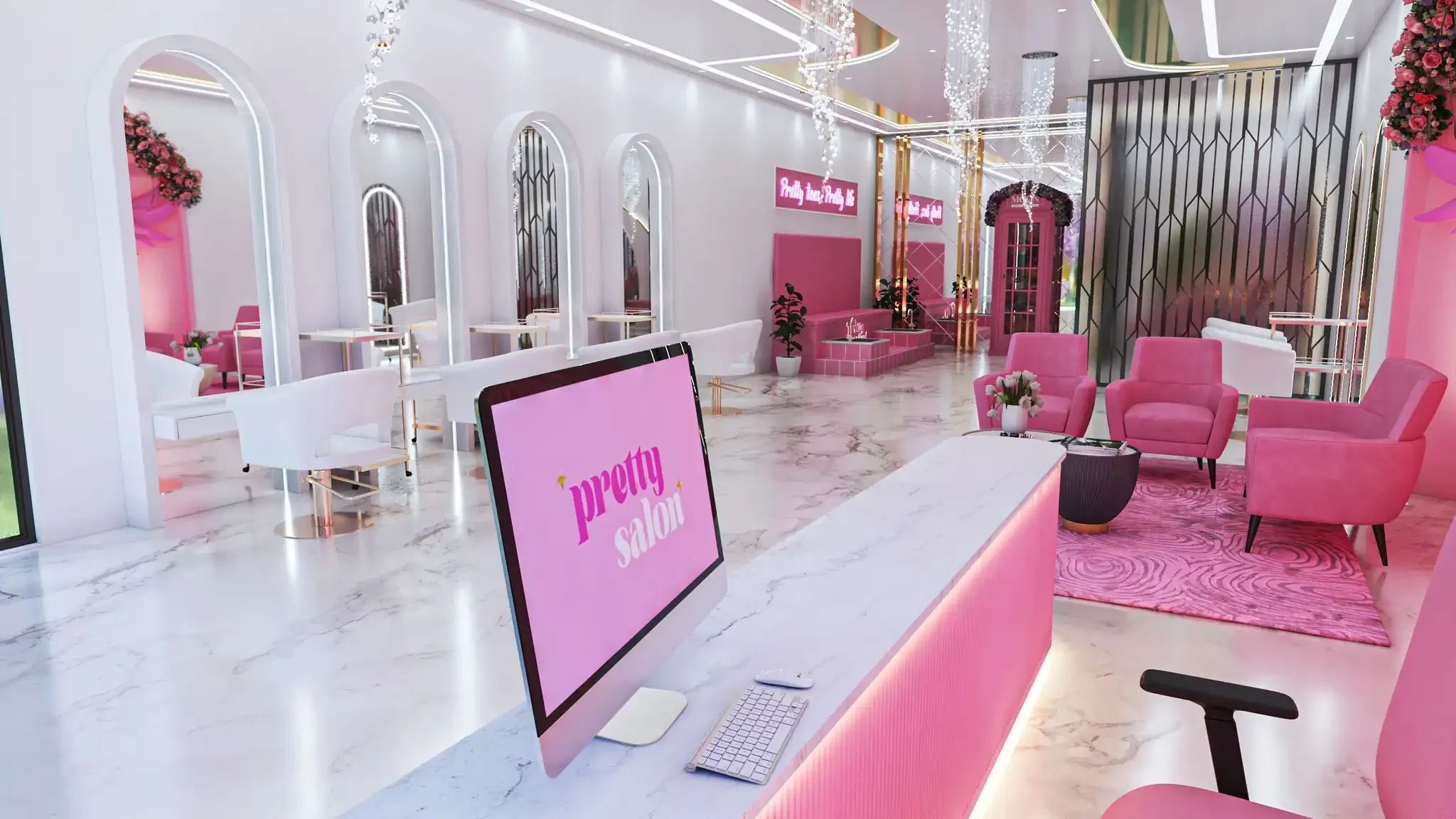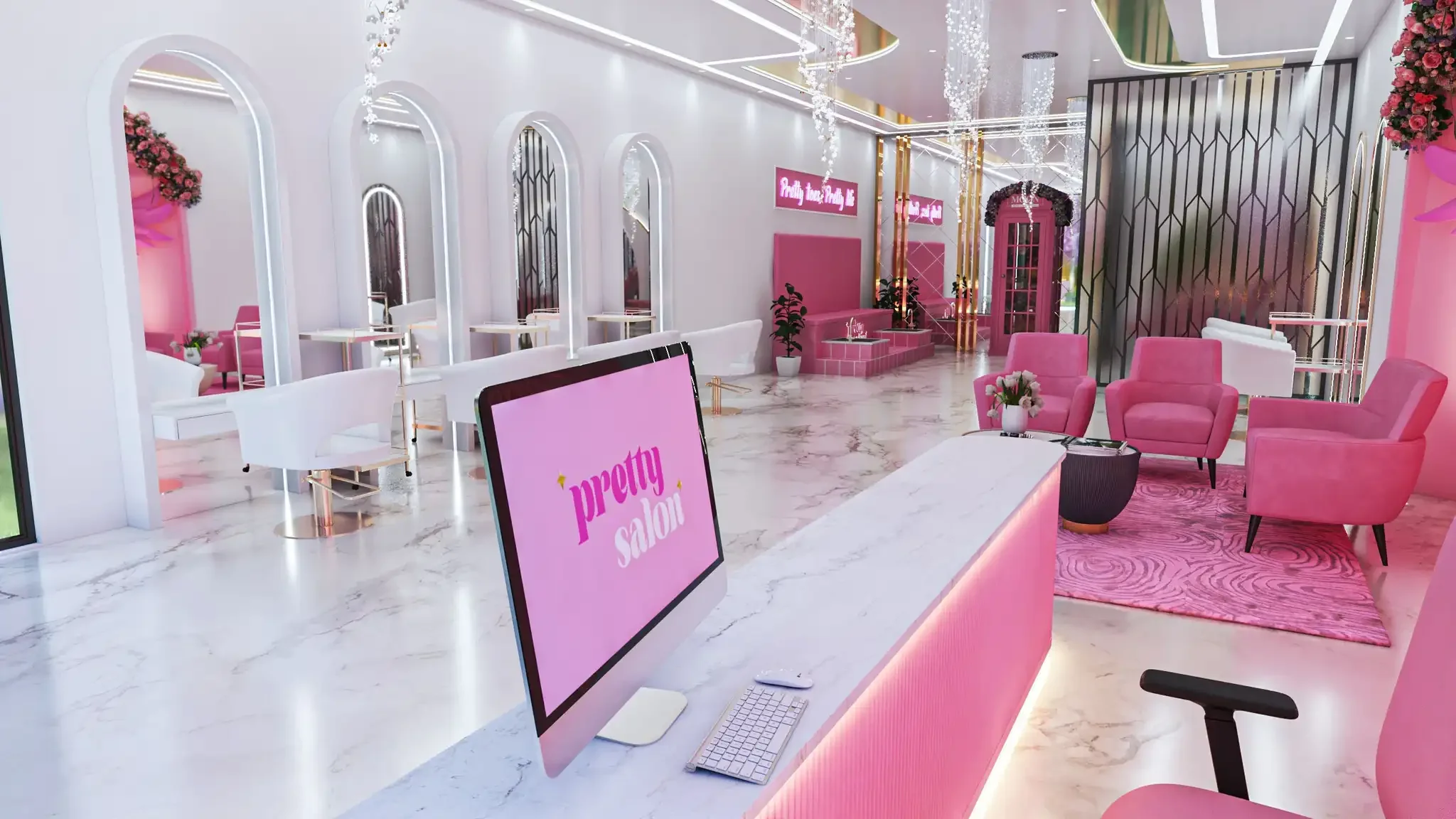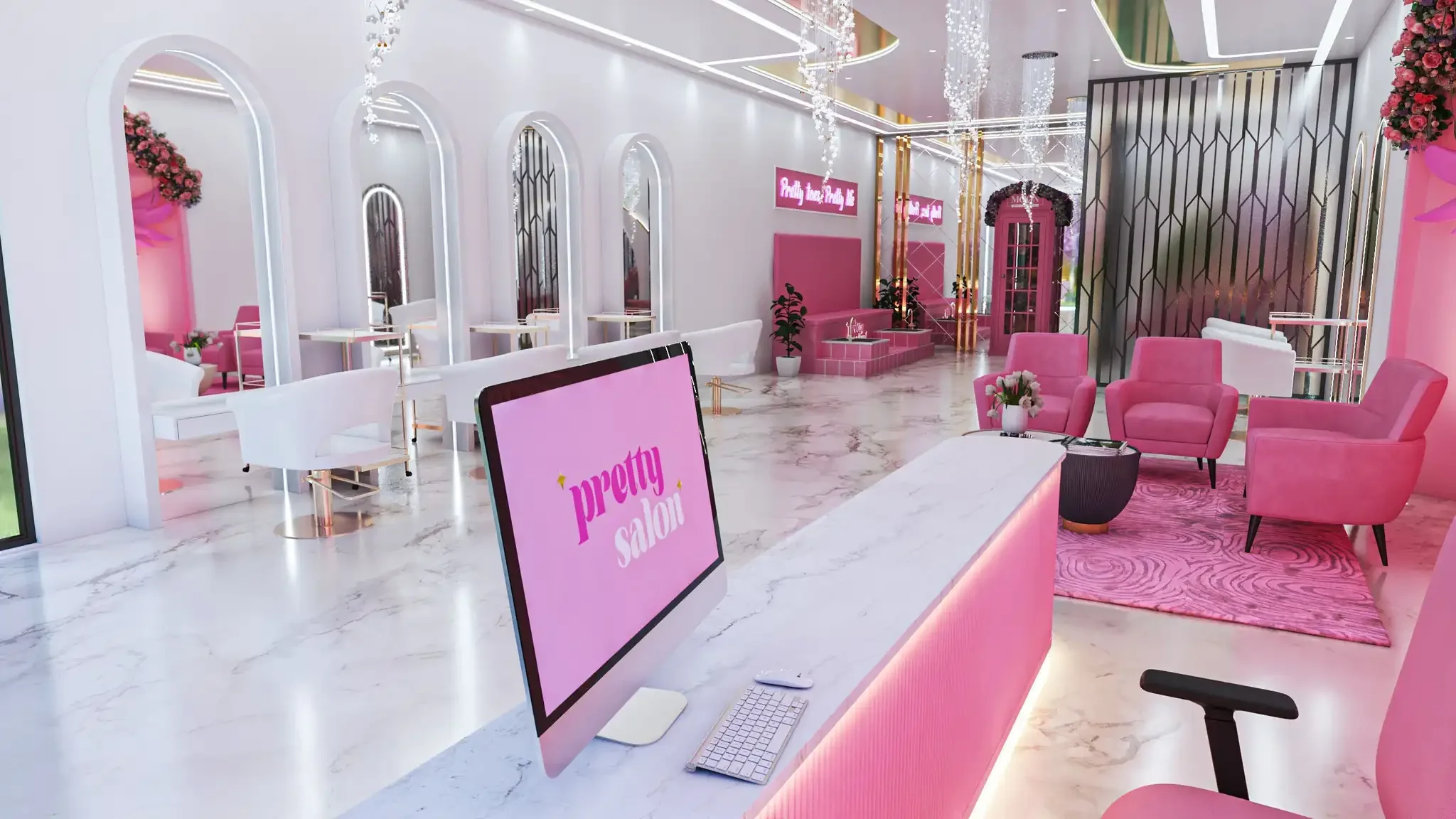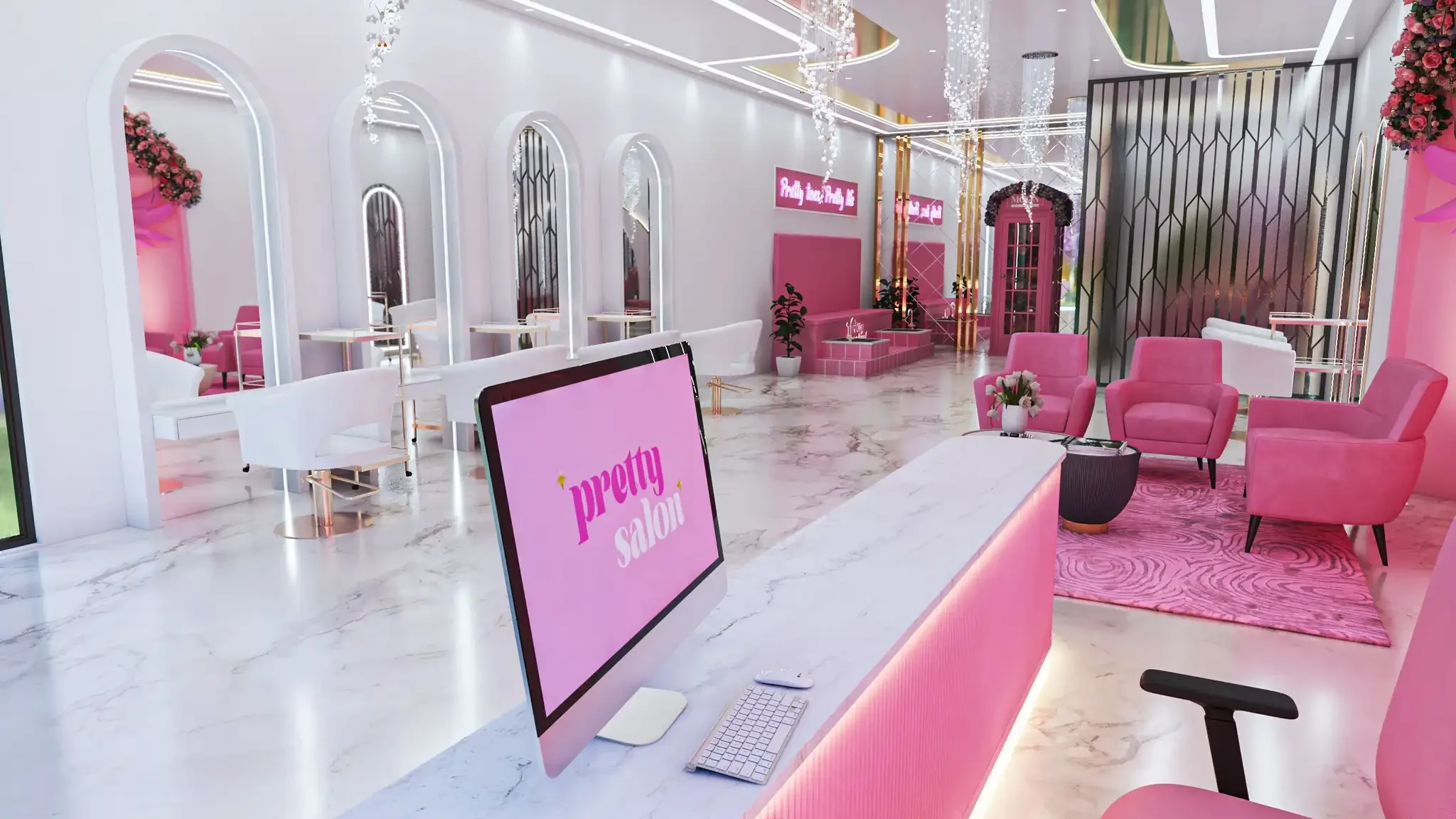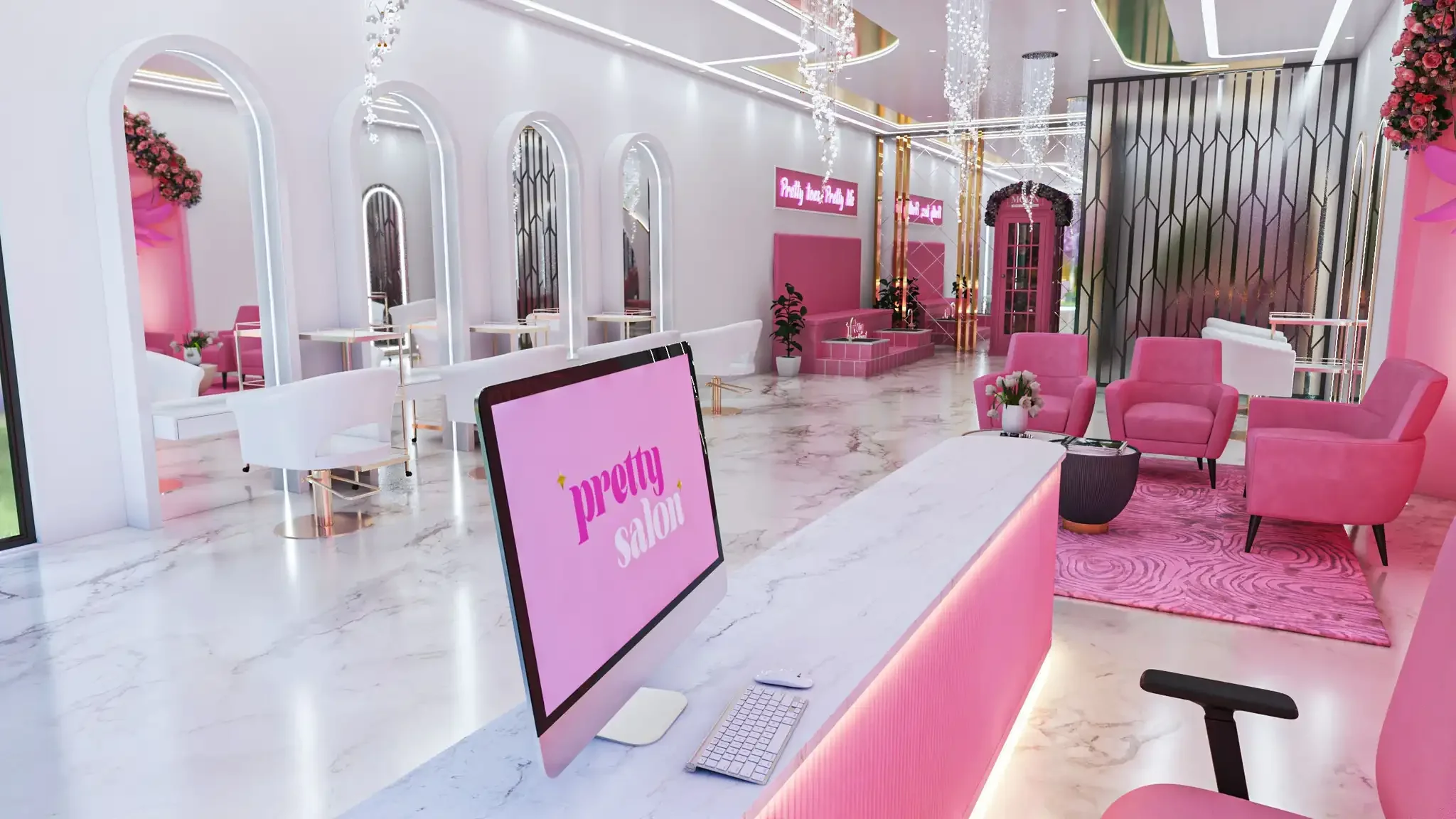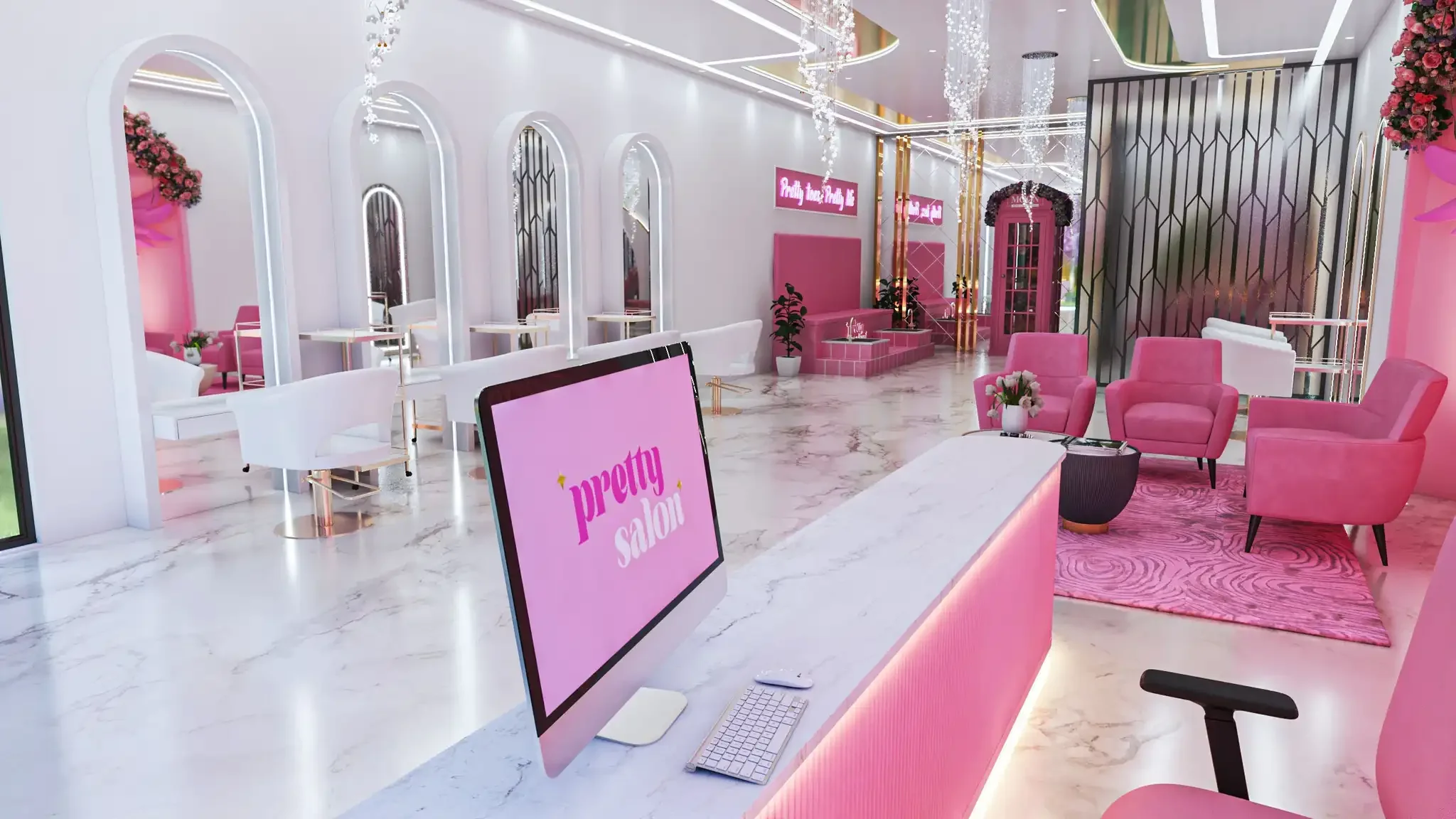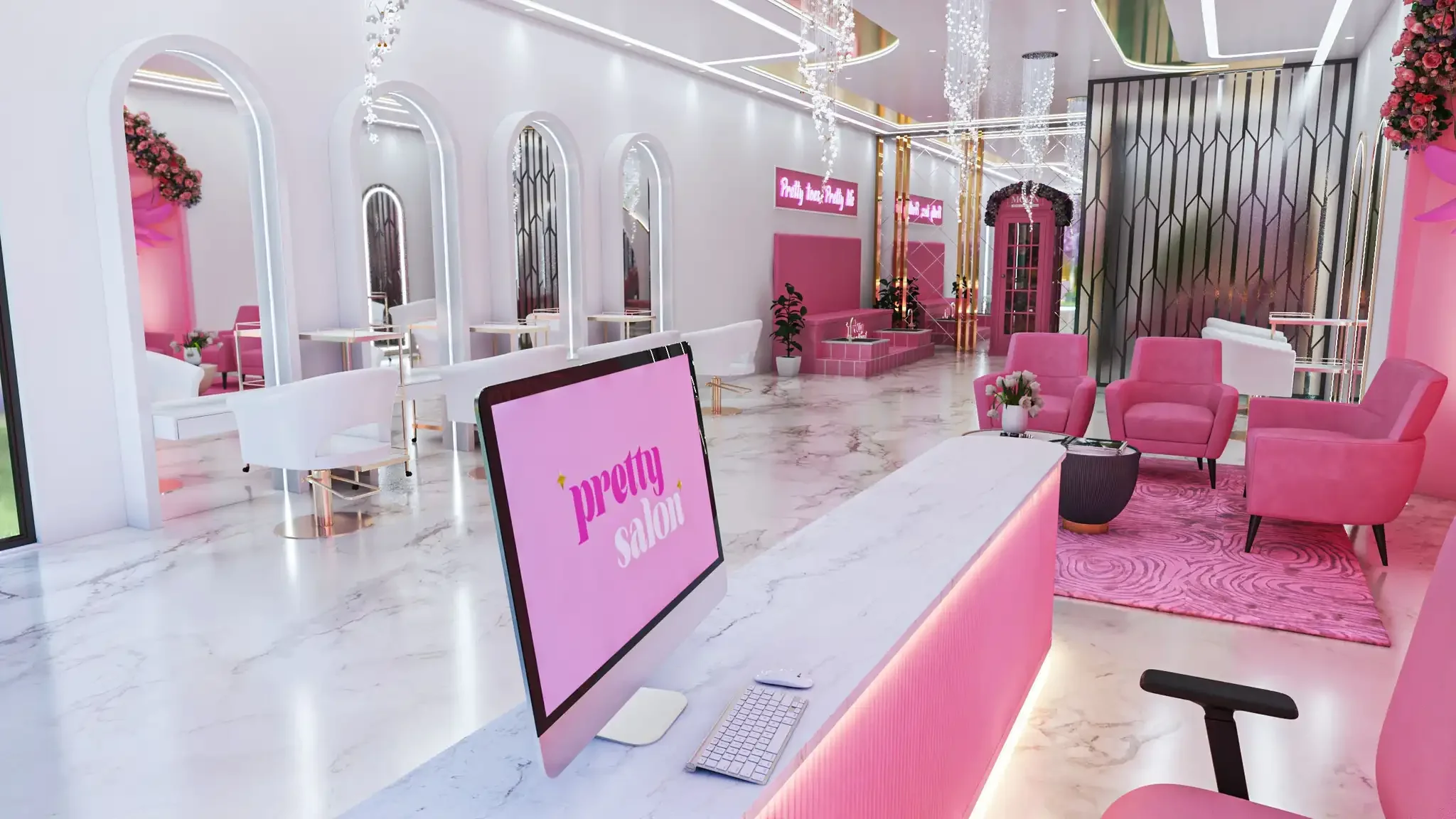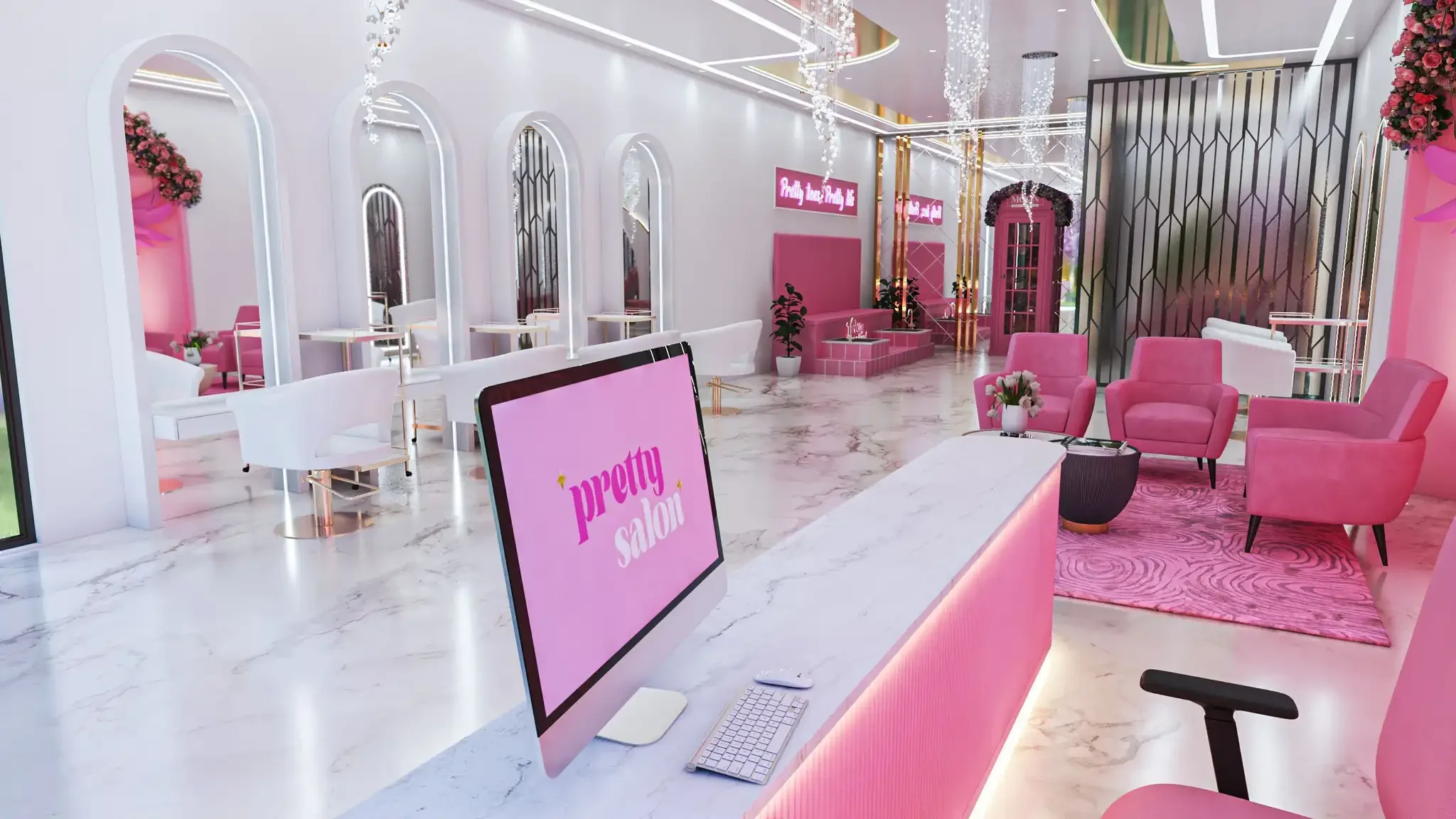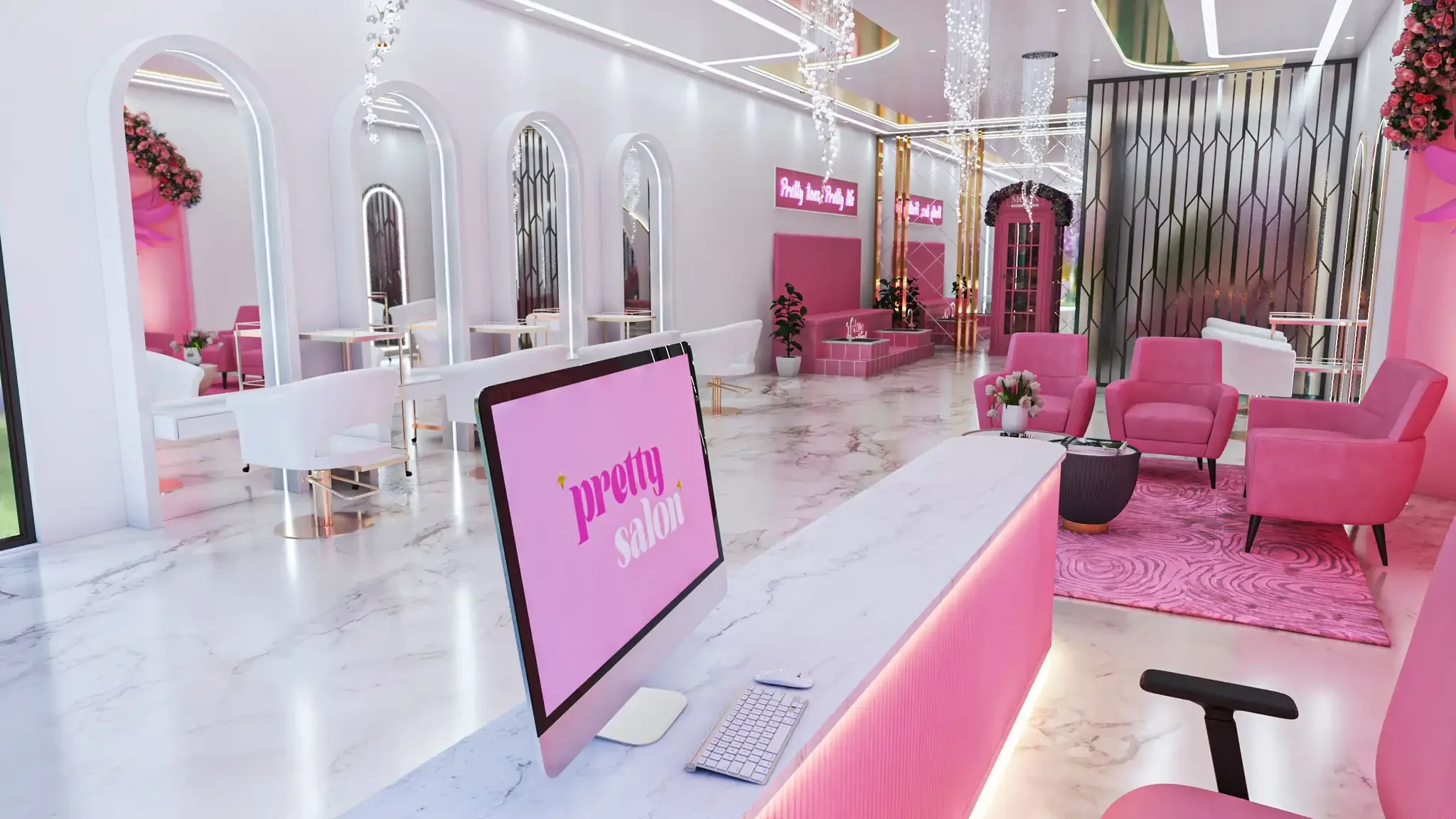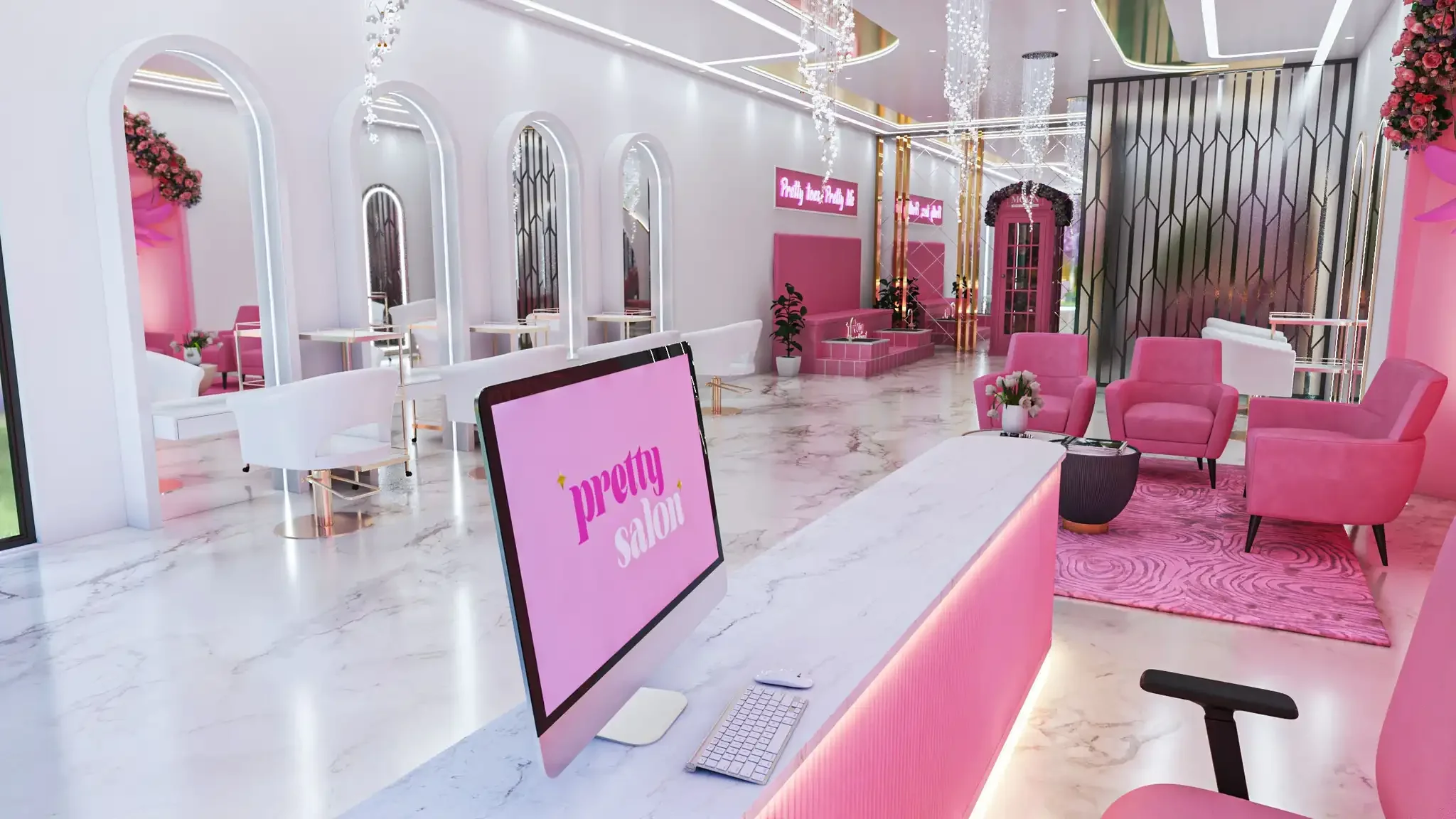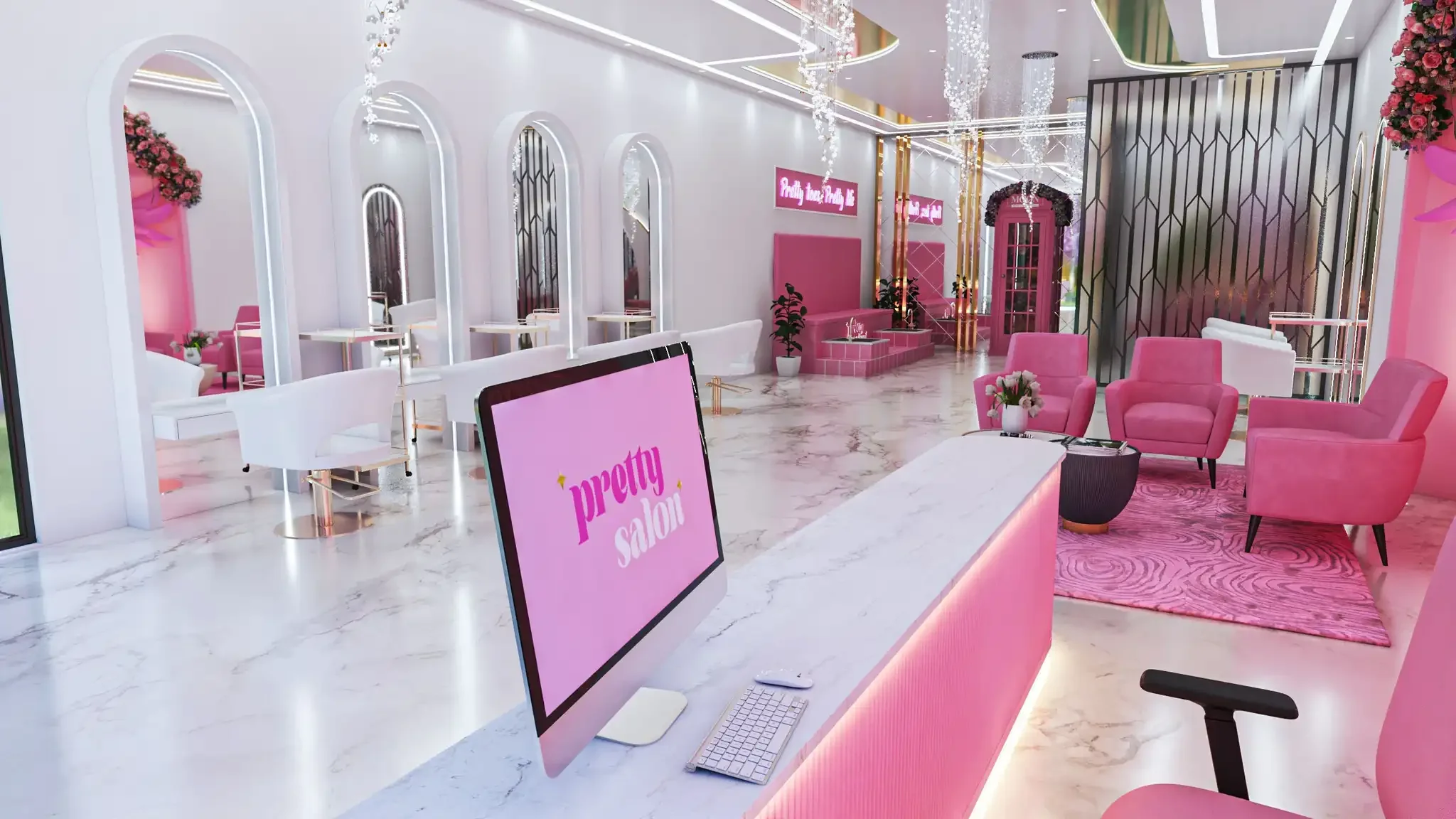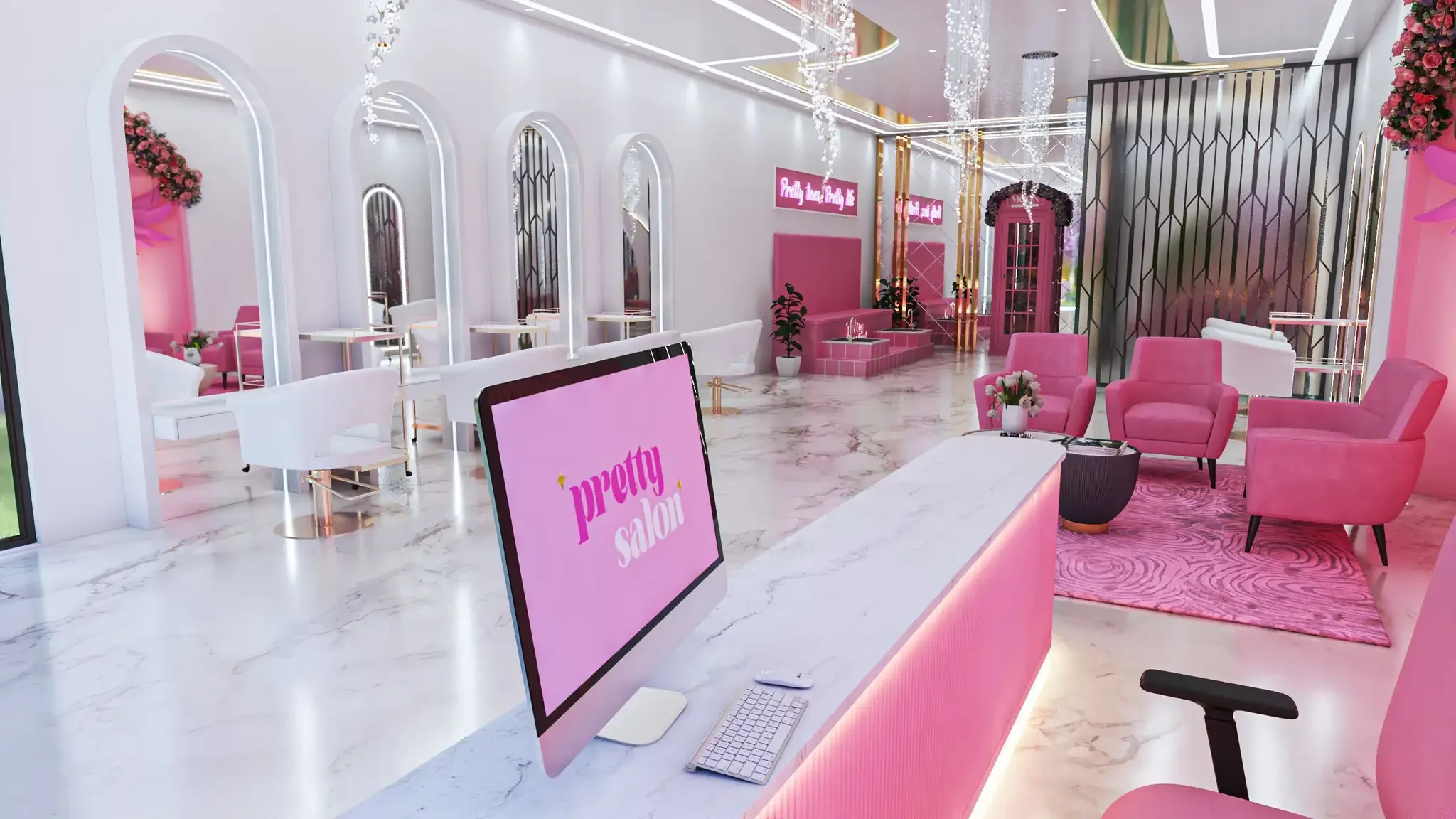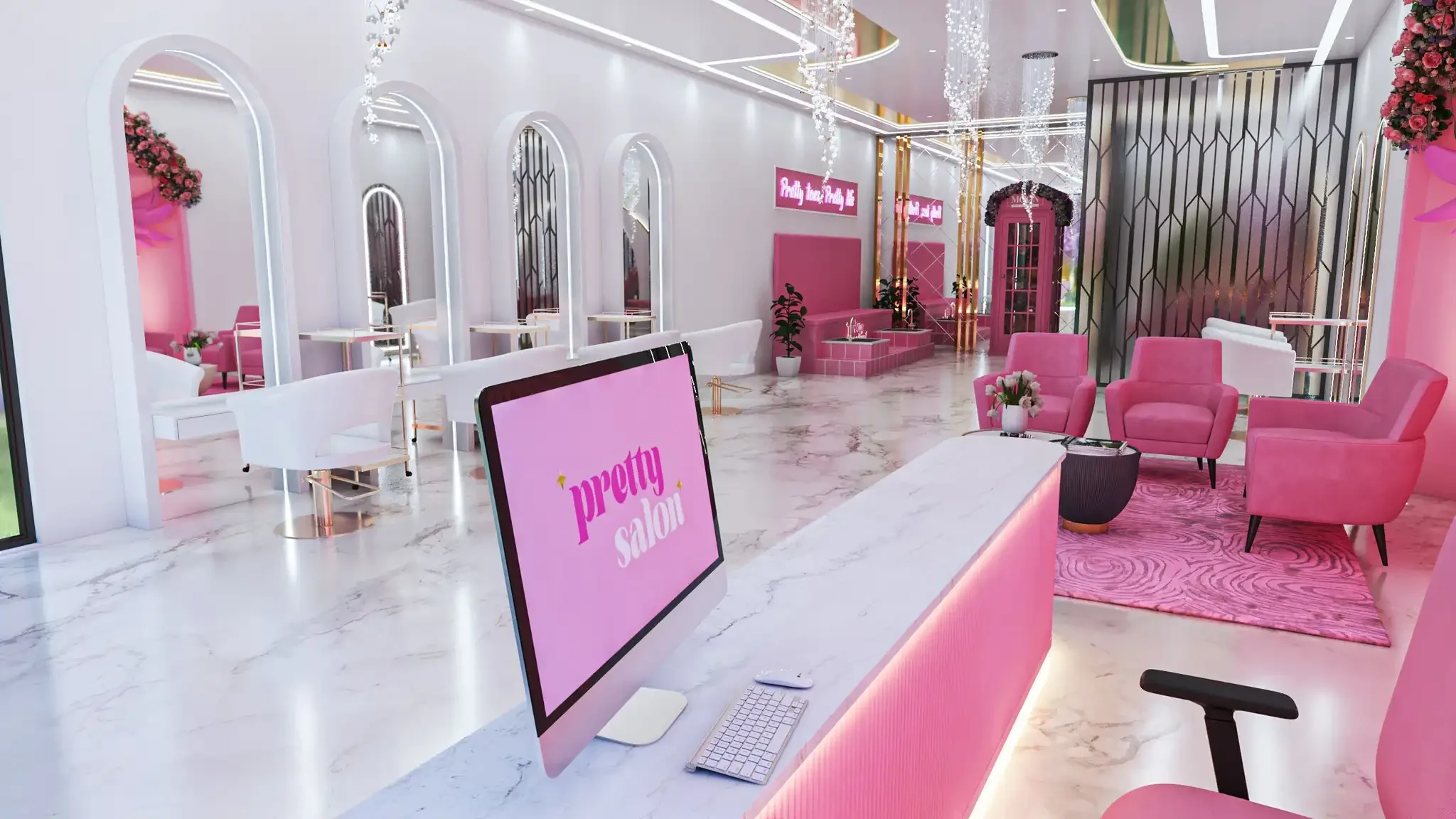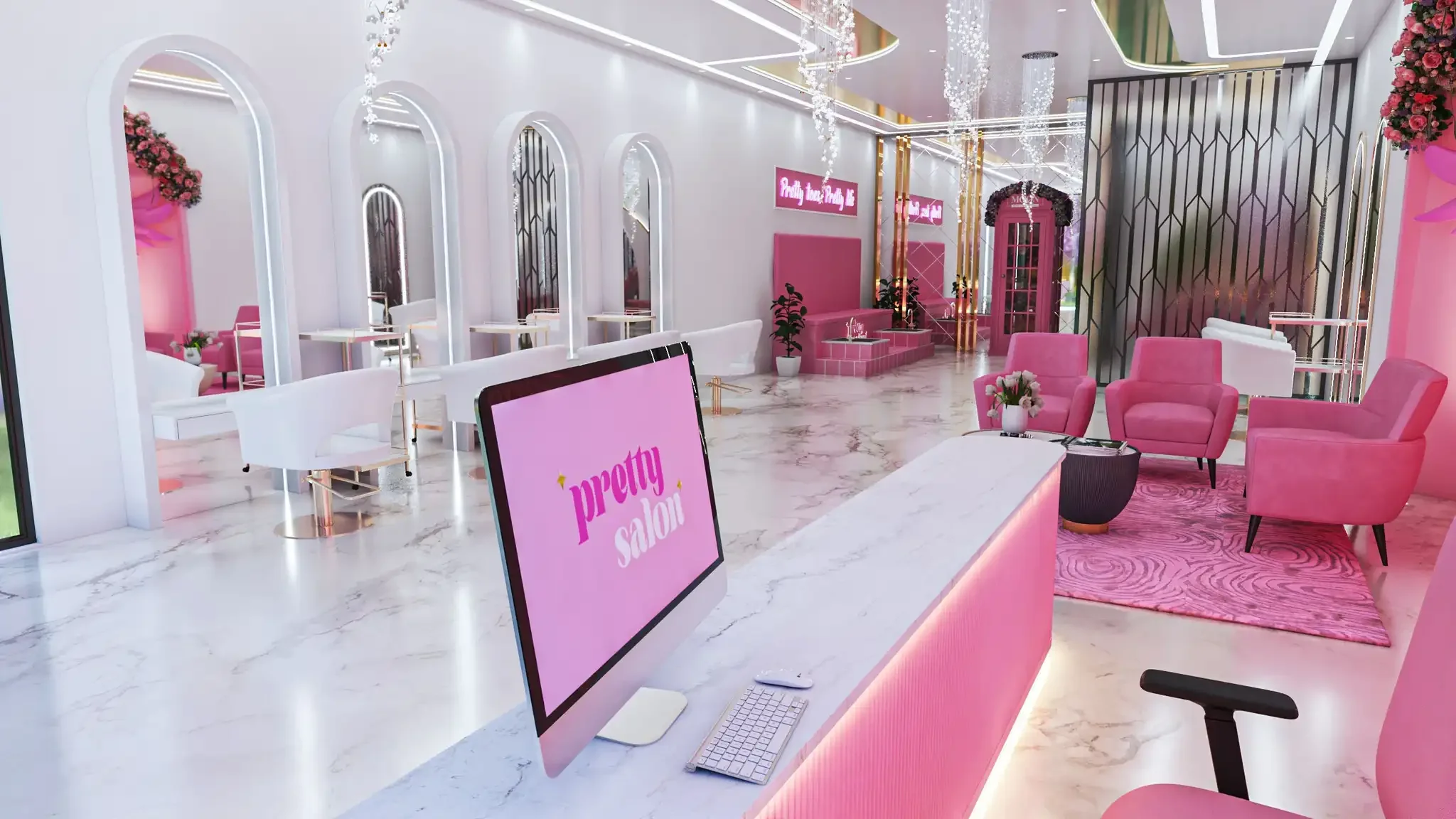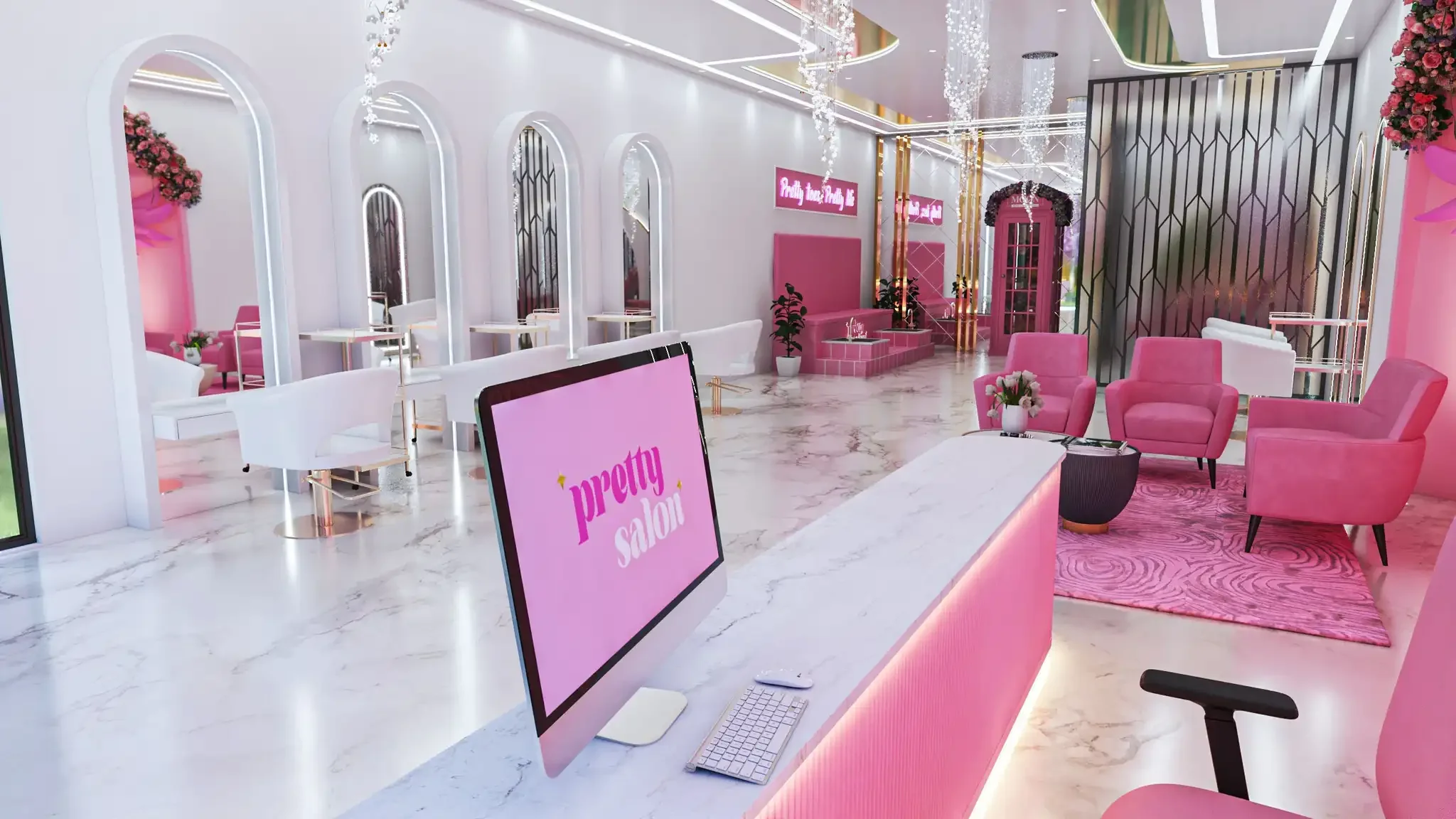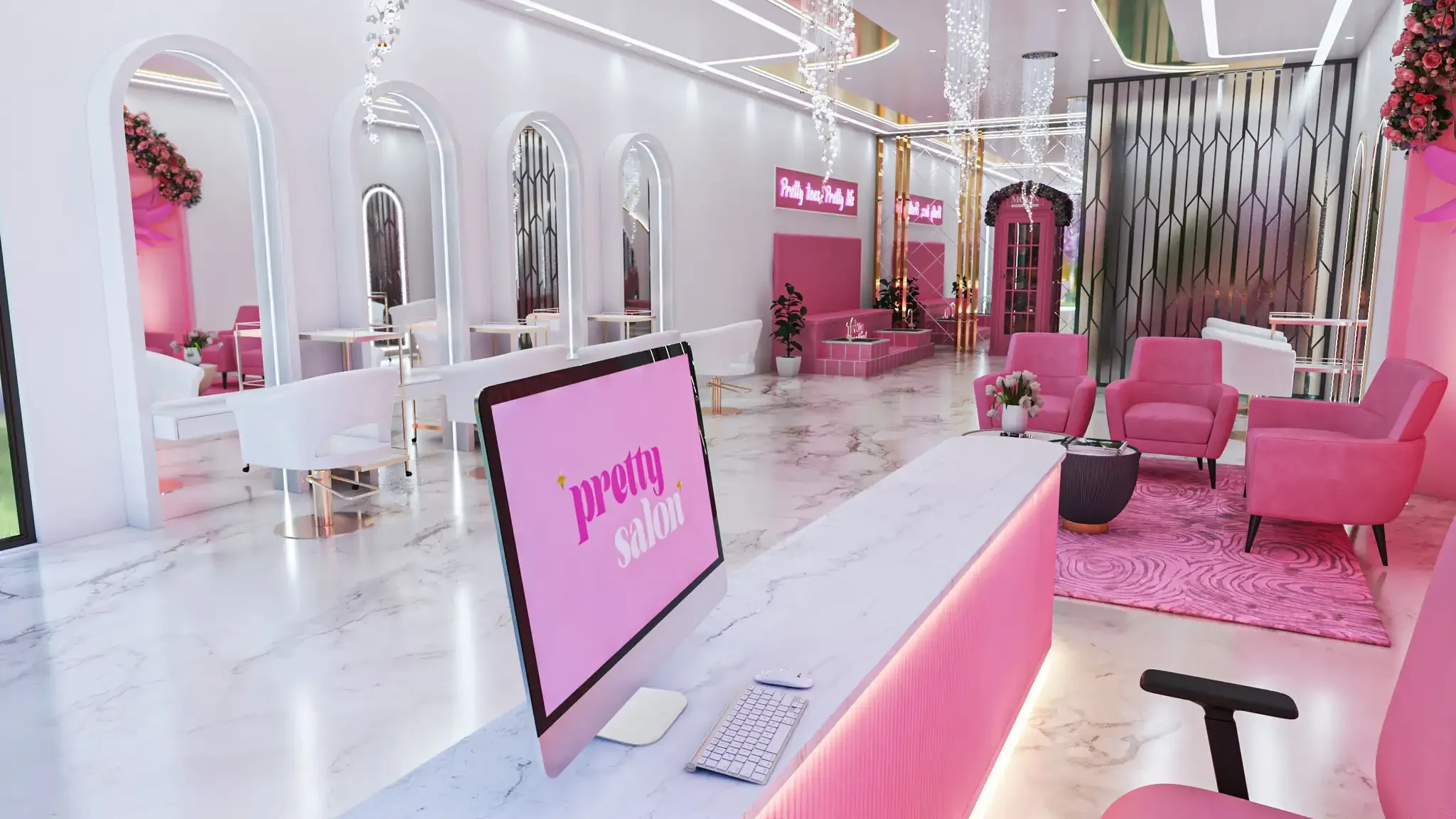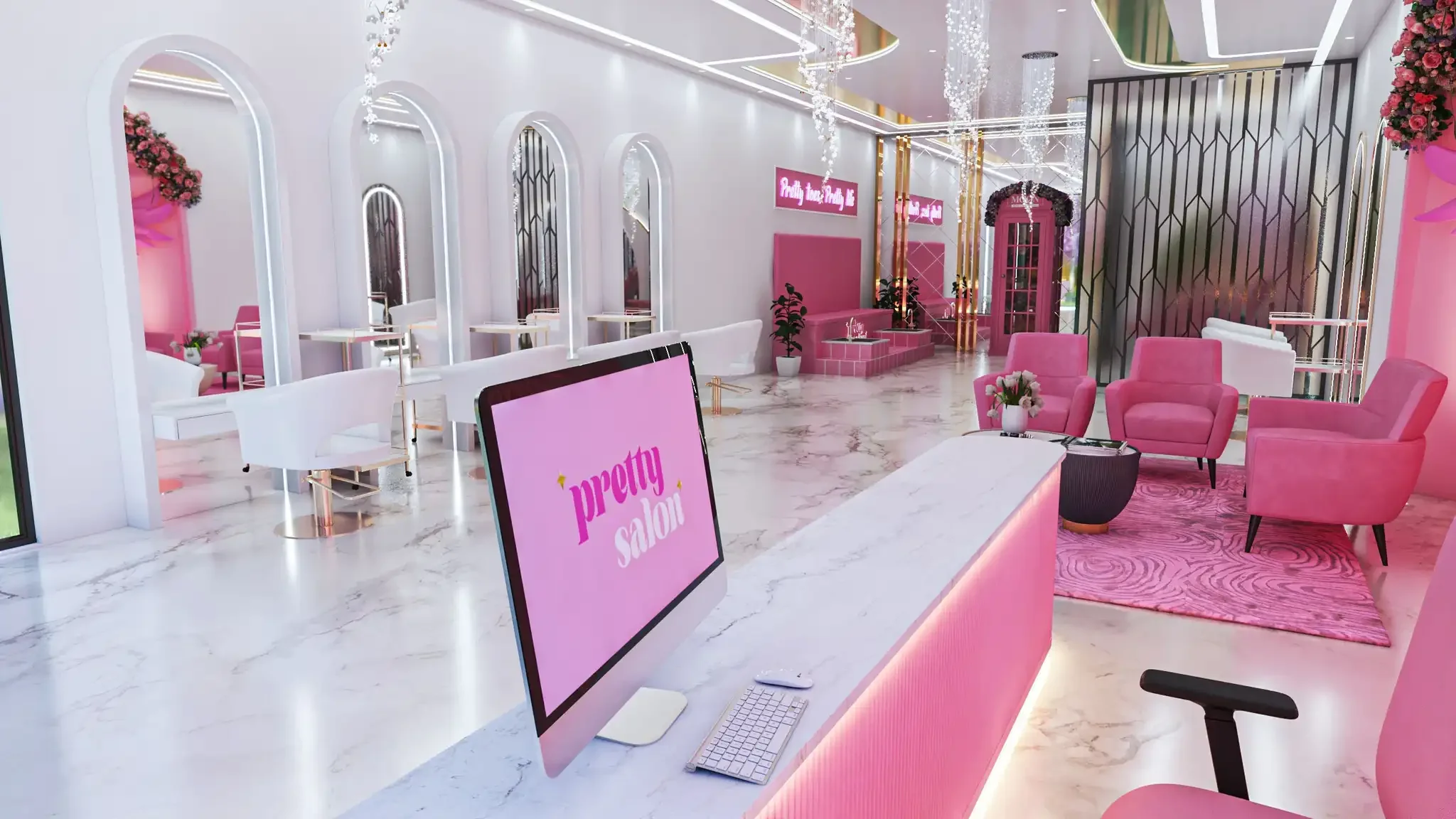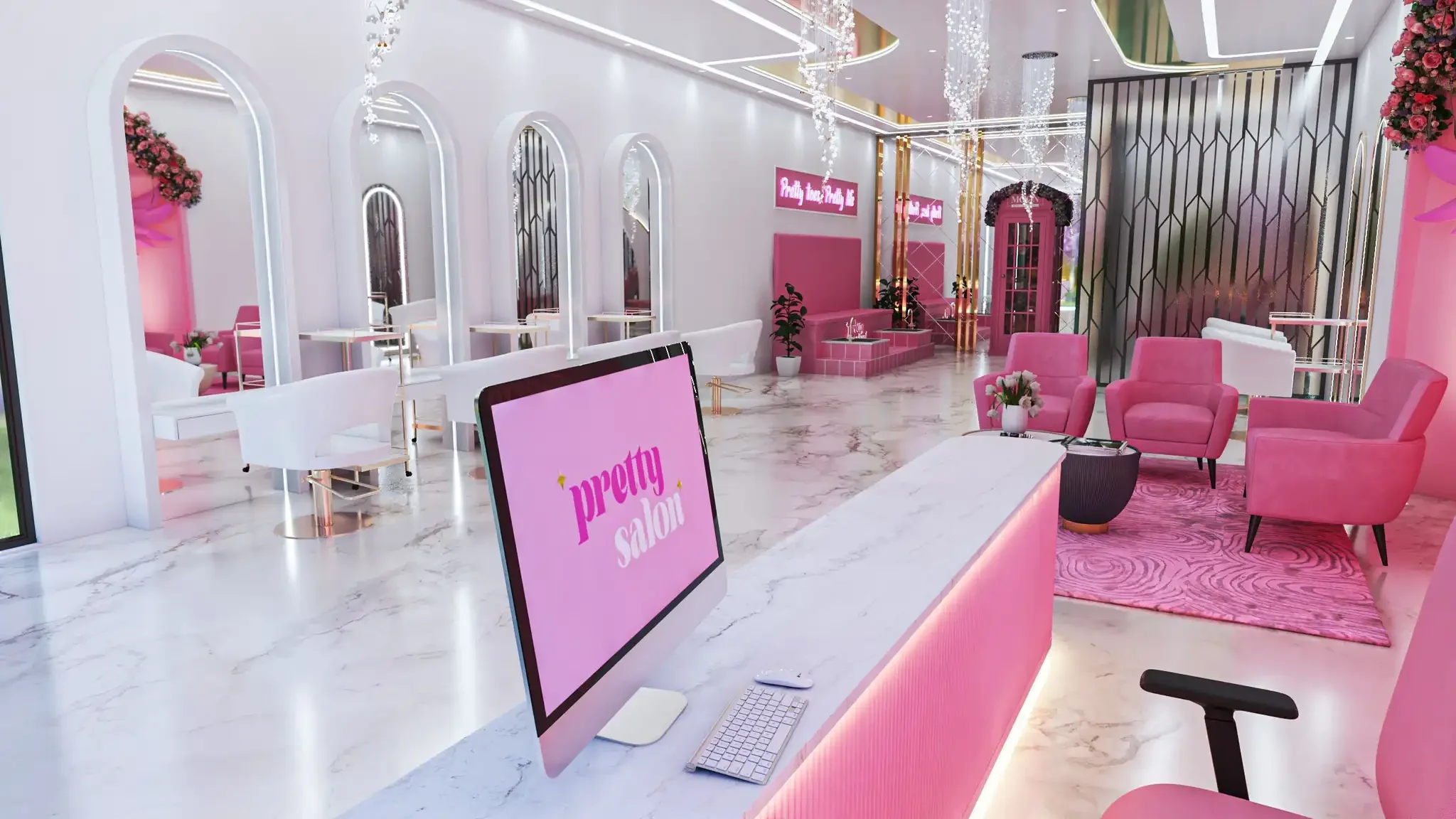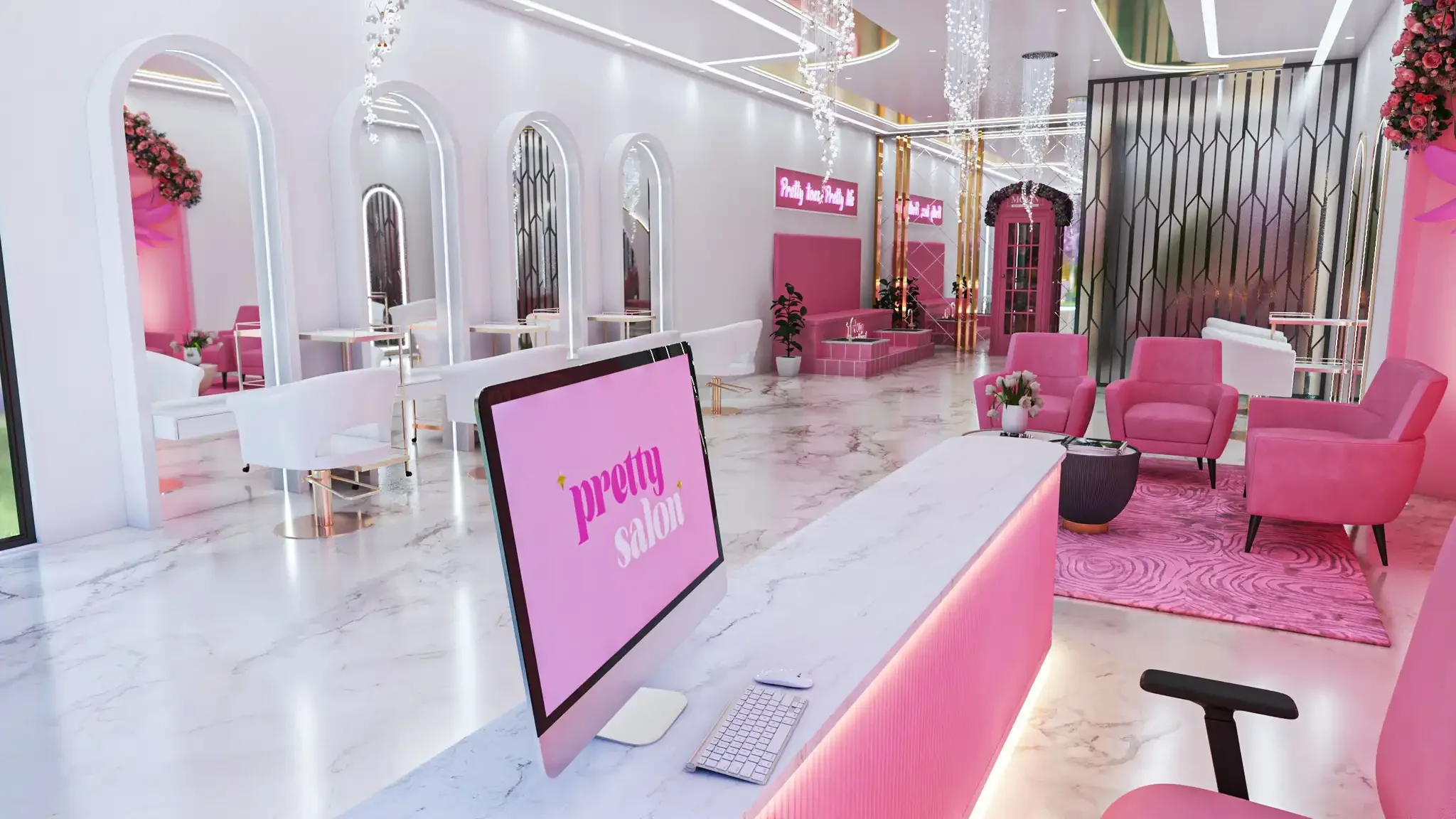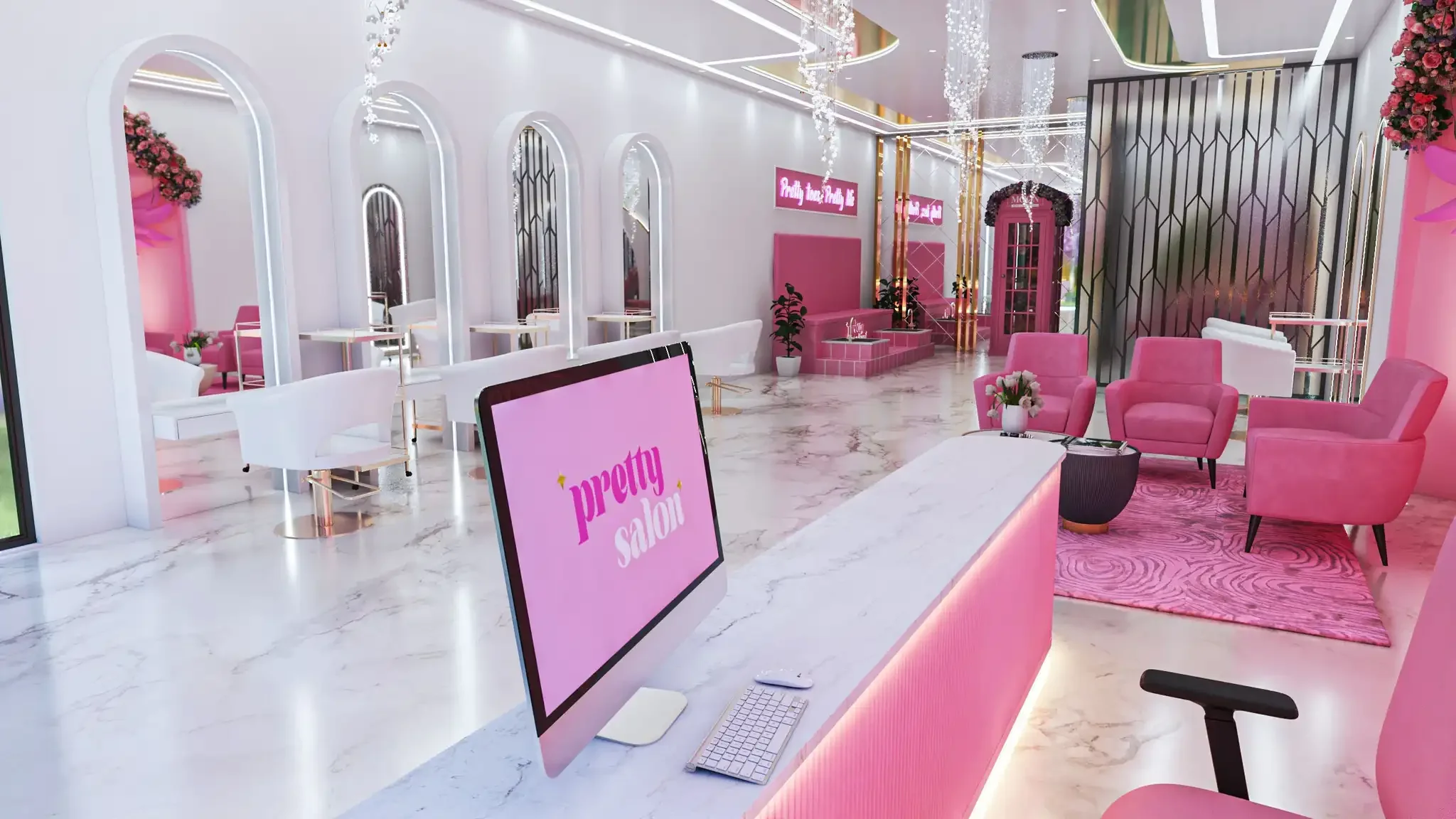The facial treatment industry has experienced remarkable growth in recent years, with more consumers seeking professional skincare…
Beauty Salon Equipment Insurance: Essential Protection for Your Investment
Running a successful beauty salon requires significant investment in specialized equipment, from high-end hair styling tools to advanced skincare devices. This expensive equipment forms the backbone of your business operations, making it crucial to protect these valuable assets with comprehensive beauty salon equipment insurance.
Understanding Beauty Salon Equipment Insurance
Beauty salon equipment insurance is a specialized form of coverage designed to protect the tools, machinery, and technology that beauty professionals rely on daily. This insurance goes beyond basic business insurance to address the unique risks and high-value equipment found in modern beauty establishments.
Unlike standard commercial insurance, beauty salon equipment insurance recognizes that salon equipment often requires specialized repair services, has high replacement costs, and may need coverage for technological obsolescence. This specialized coverage ensures that equipment failures, theft, or damage won't force your salon to close its doors or operate at reduced capacity.
What Equipment Needs Protection
Modern beauty salons house an impressive array of expensive equipment that requires protection:
Hair Styling Equipment
Hair styling equipment includes professional blow dryers, straightening irons, curling tools, and hood dryers. These items can cost hundreds to thousands of pounds each and are essential for daily operations.
Skincare and Facial Equipment
Skincare and facial equipment encompasses steamers, microdermabrasion machines, LED light therapy devices, and ultrasonic skin scrubbers. Advanced facial equipment can represent investments of several thousand pounds per unit.
Nail Care Equipment
Nail care equipment includes UV and LED nail lamps, electric files, sterilization equipment, and pedicure chairs with built-in massage functions. Professional-grade nail equipment combines functionality with client comfort, making replacement costs substantial.
Salon Furniture and Fixtures
Salon furniture and fixtures such as hydraulic styling chairs, shampoo stations, reception desks, and storage units represent significant investments that require protection against damage, theft, or destruction.
Advanced Technology Equipment
Advanced technology equipment includes point-of-sale systems, booking software hardware, sound systems, lighting equipment, and security systems. These technological components are increasingly essential for modern salon operations.
Common Risks Facing Salon Equipment
Beauty salon equipment faces numerous risks that can result in costly repairs or replacements:
Electrical Failures
Electrical failures are common in salons due to the high volume of electrical equipment operating simultaneously. Power surges, overloaded circuits, and equipment malfunctions can damage multiple devices at once.
Water Damage
Water damage poses significant risks in environments where water is constantly used for hair washing, cleaning, and sterilization. Leaking pipes, flooding, or accidental spills can damage electrical equipment and furniture.
Theft and Burglary
Theft and burglary target salons because of their valuable, portable equipment. Hair tools, skincare devices, and technology equipment are attractive to thieves and can be easily removed from premises.
Fire Damage
Fire damage can result from overheated styling tools, electrical faults, or chemical reactions. The combination of electrical equipment, heat-generating tools, and chemical products creates multiple fire risk scenarios.
Accidental Damage
Accidental damage occurs frequently in busy salon environments where staff and clients move around expensive equipment. Dropped devices, collision damage, and mishandling can result in costly repairs.
Wear and Tear
Wear and tear from constant use means salon equipment experiences more intensive usage than typical business equipment. This accelerated wear can lead to premature failures and frequent replacement needs.
Types of Coverage Available
Beauty salon equipment insurance offers several types of coverage to address different risk scenarios:
Replacement Cost Coverage
Replacement cost coverage ensures that damaged or stolen equipment is replaced with new items of similar quality and functionality. This coverage type is particularly important for rapidly evolving technology equipment.
Actual Cash Value Coverage
Actual cash value coverage provides compensation based on the depreciated value of equipment at the time of loss. While less expensive than replacement cost coverage, this option may not provide sufficient funds for adequate replacement.
Business Interruption Coverage
Business interruption coverage compensates for lost income when equipment failures force temporary closure or reduced operations. This coverage is crucial for salons that depend on specific equipment for their services.
Breakdown Coverage
Breakdown coverage protects against mechanical and electrical failures that aren't covered by manufacturer warranties. This coverage is particularly valuable for complex equipment with multiple components.
Portable Equipment Coverage
Portable equipment coverage extends protection to equipment that travels between locations, such as mobile beauty services or equipment used for off-site events and photoshoots.
Factors Affecting Insurance Costs
Several factors influence the cost of beauty salon equipment insurance:
Equipment Value and Age
Equipment value and age directly impact premium costs. Newer, more expensive equipment typically requires higher premiums but may qualify for better coverage terms.
Salon Location
Salon location affects risk assessment, with urban locations potentially facing higher theft risks while rural locations might have limited repair services available.
Security Measures
Security measures such as alarm systems, security cameras, and secure storage can reduce premium costs by demonstrating risk mitigation efforts.
Claims History
Claims history influences future premium costs, making it important to implement preventive measures and maintain equipment properly.
Coverage Limits and Deductibles
Coverage limits and deductibles allow salon owners to balance premium costs with out-of-pocket expenses in the event of a claim.
Choosing the Right Coverage
Selecting appropriate beauty salon equipment insurance requires careful consideration of your specific needs:
Comprehensive Equipment Inventory
Conduct a comprehensive equipment inventory that includes purchase dates, current values, and replacement costs. This inventory forms the foundation for determining appropriate coverage limits.
Risk Exposure Evaluation
Evaluate your risk exposure by considering your location, security measures, equipment age, and usage patterns. Higher-risk situations may justify more comprehensive coverage.
Business Model Considerations
Consider your business model, including whether you offer mobile services, rent equipment to other professionals, or operate multiple locations. Each scenario may require different coverage approaches.
Policy Exclusions Review
Review policy exclusions carefully to understand what situations aren't covered. Common exclusions might include damage from normal wear and tear, intentional damage, or specific types of equipment.
Working with Insurance Providers
Successful beauty salon equipment insurance requires partnership with knowledgeable providers:
Industry Experience
Choose insurers with experience in beauty industry risks who understand the unique challenges and equipment needs of salon businesses.
Claims Support
Ensure your insurance provider offers adequate claims support, including access to specialized repair services and temporary equipment rental during claims processing.
Record Maintenance
Maintain accurate records of equipment purchases, maintenance, and upgrades to support claims and ensure adequate coverage limits.
Annual Reviews
Review coverage annually to account for new equipment purchases, changes in equipment values, and evolving business needs.
Preventive Measures and Risk Management
While insurance provides essential protection, implementing preventive measures can reduce risks and potentially lower premium costs:
Regular Maintenance
Regular maintenance schedules help prevent equipment failures and extend equipment life. Documented maintenance can also support warranty claims and insurance coverage.
Staff Training
Staff training on proper equipment use and safety procedures reduces the likelihood of accidental damage and ensures equipment operates within safe parameters.
Security Measures
Security measures including alarm systems, security cameras, and secure storage areas help prevent theft and may qualify for insurance discounts.
Environmental Controls
Environmental controls such as proper ventilation, humidity control, and electrical system maintenance help prevent damage from environmental factors.
Conclusion
Beauty salon equipment insurance represents a crucial investment in protecting your business assets and ensuring operational continuity. The specialized nature of salon equipment, combined with the unique risks present in beauty environments, makes standard business insurance insufficient for comprehensive protection.
By understanding the types of coverage available, factors affecting costs, and preventive measures that can reduce risks, salon owners can make informed decisions about protecting their equipment investments. Working with experienced insurance providers who understand beauty industry needs ensures that coverage aligns with actual risks and business requirements.
The cost of comprehensive equipment insurance is minimal compared to the potential financial impact of unprotected equipment losses. For beauty salon owners, equipment insurance isn't just about protecting physical assets – it's about ensuring that your business can continue serving clients and generating income even when unexpected equipment problems arise.


 0330 127 2333
0330 127 2333
